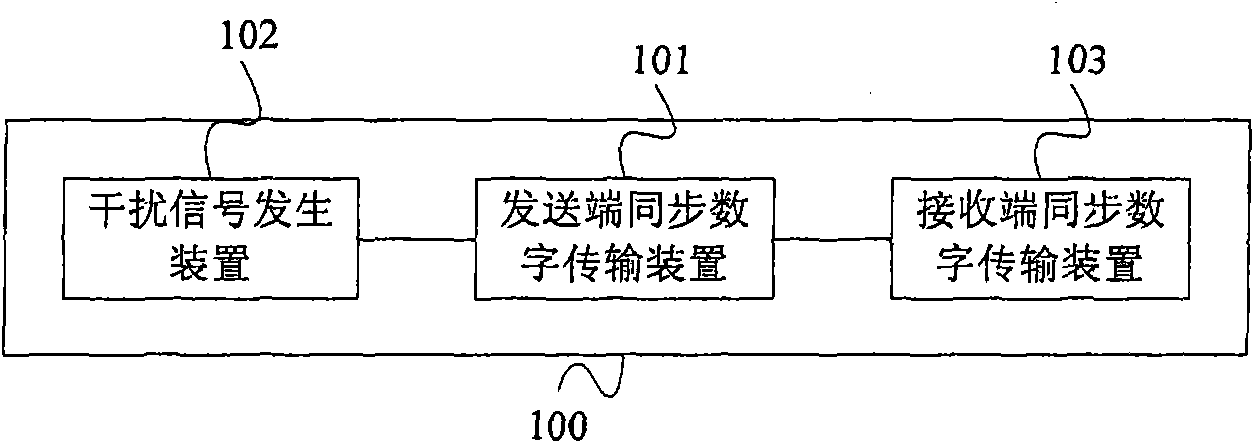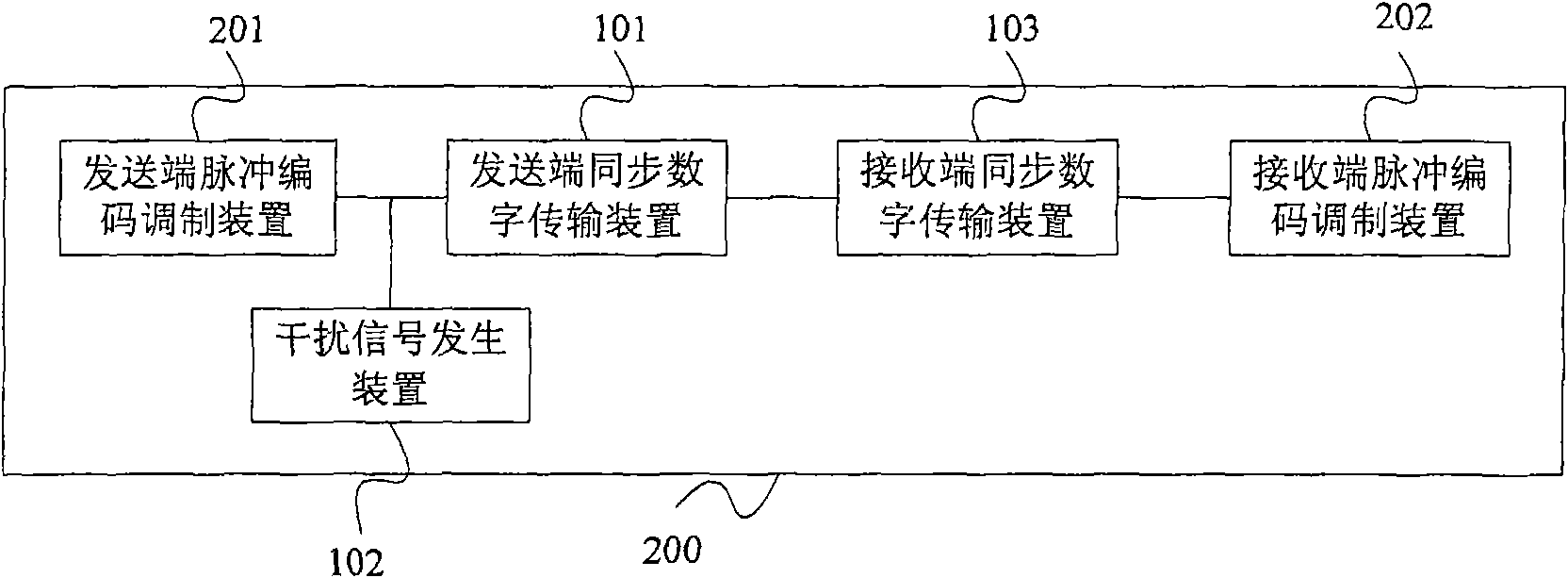Failure detecting equipment of power communication transmission channel, failure detecting system and method
A fault detection and transmission channel technology, applied in the field of communication, can solve the problems of unable to provide channels, unable to replace the communication synchronous transmission system, less types of channel faults, etc., to achieve the effect of real-time detection
- Summary
- Abstract
- Description
- Claims
- Application Information
AI Technical Summary
Problems solved by technology
Method used
Image
Examples
Embodiment Construction
[0024] The following will clearly and completely describe the technical solutions in the embodiments of the present invention with reference to the accompanying drawings in the embodiments of the present invention. Obviously, the described embodiments are only some, not all, embodiments of the present invention. Based on the embodiments of the present invention, all other embodiments obtained by persons of ordinary skill in the art without making creative efforts belong to the protection scope of the present invention.
[0025] figure 1 It is the structure of the power communication transmission channel fault detection equipment according to the embodiment of the present invention Figure 1 . like figure 1 As shown, the power communication transmission channel fault detection device 100 includes: a synchronous digital transmission device 101 at the sending end, which is used to receive the status data sent by the protection device at the sending end, and transmit the status ...
PUM
 Login to View More
Login to View More Abstract
Description
Claims
Application Information
 Login to View More
Login to View More - R&D
- Intellectual Property
- Life Sciences
- Materials
- Tech Scout
- Unparalleled Data Quality
- Higher Quality Content
- 60% Fewer Hallucinations
Browse by: Latest US Patents, China's latest patents, Technical Efficacy Thesaurus, Application Domain, Technology Topic, Popular Technical Reports.
© 2025 PatSnap. All rights reserved.Legal|Privacy policy|Modern Slavery Act Transparency Statement|Sitemap|About US| Contact US: help@patsnap.com



